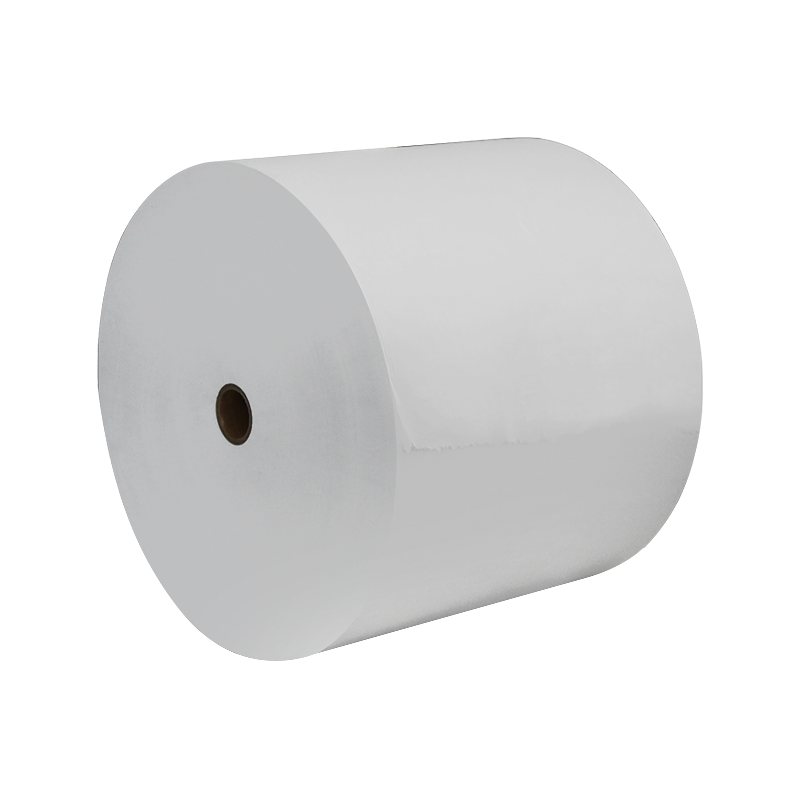In the world of paper and textiles, innovation has led to the creation of materials that combine the best of both industries. One such material is paper yarn base paper, a hybrid product that plays a crucial role in various applications, from the textile industry to packaging. This paper offers a unique combination of strength, durability, and versatility, making it an ideal choice for a wide range of uses.
The base paper used in paper yarn production must have specific characteristics, such as uniform thickness, strength, and smoothness, to ensure that the yarn produced is of high quality. Additionally, the paper should be resistant to tearing and breakage during the yarn-spinning process, which requires a high degree of tensile strength.
The production of paper yarn base paper involves several stages. The first step is the preparation of the pulp, which can be derived from wood, bamboo, or recycled paper. The pulp is then refined and processed into sheets of base paper through traditional paper-making methods. These sheets are carefully dried and smoothed to achieve the desired properties, such as smoothness and thickness.

Once the base paper is produced, it can be converted into paper yarn through a spinning process. The paper is treated with various techniques to make it more flexible and suitable for yarn formation. After spinning, the paper yarn can be woven or knitted into fabrics, ropes, or other products.
Strength and Durability: Paper yarn base paper is known for its strong fibers, which are essential for the production of high-quality yarn. The paper must possess enough strength to withstand the spinning process without breaking.
As an environmentally friendly material, paper yarn base paper can be made from recycled fibers, contributing to sustainability. It is biodegradable and can be recycled after use, making it an excellent choice for eco-conscious industries.
The base paper is lightweight, which translates into paper yarn that is easy to handle and work with. This versatility makes it suitable for a variety of applications in the textile and packaging industries.
The surface of the base paper is smooth and uniform, which is crucial for the successful spinning of paper yarn. A smooth surface also ensures that the final product, whether yarn or fabric, has a consistent appearance.
Paper yarn base paper has found diverse applications across several industries due to its unique properties:
Paper yarn, derived from the base paper, is used in the production of eco-friendly fabrics. These fabrics are utilized in clothing, accessories, and home textiles. The use of paper yarn can reduce the environmental impact of the textile industry by offering a biodegradable alternative to synthetic fibers.
Paper yarn base paper is also used in the packaging industry. It can be spun into yarns that are woven into ropes or tapes for wrapping and packaging. This material is not only strong but also adds a unique aesthetic quality to packaging designs, especially for luxury or eco-friendly products.
Due to its aesthetic appeal and versatility, paper yarn base paper is a popular choice in the crafting industry. Artists and designers use it to create decorative items, jewelry, and even sculptures. The natural look and feel of the material make it ideal for handmade products.
In recent years, paper yarn has also been used in the creation of sustainable construction materials and furniture. The paper yarn fabrics are often used for upholstery, wall coverings, and even eco-friendly insulation.
Paper yarn base paper is a remarkable material that combines the advantages of paper and yarn, offering a unique solution for various industries. Its strength, eco-friendliness, and versatility make it a preferred choice for sustainable applications, from textiles to packaging. As the demand for environmentally friendly products continues to rise, the role of paper yarn base paper is expected to grow, providing manufacturers with a sustainable alternative to conventional materials. Whether used in fashion, home décor, or industrial applications, paper yarn base paper represents a promising material for the future of green manufacturing.